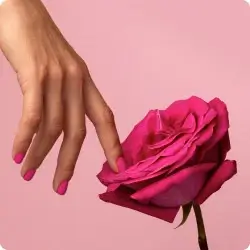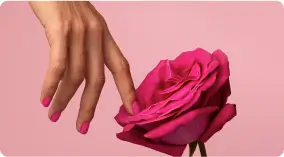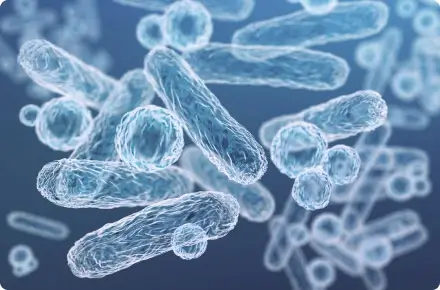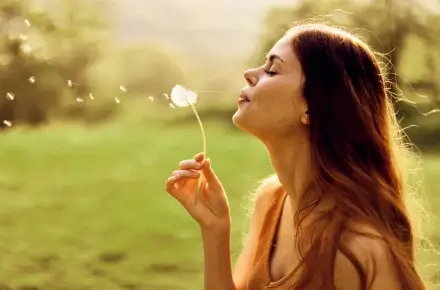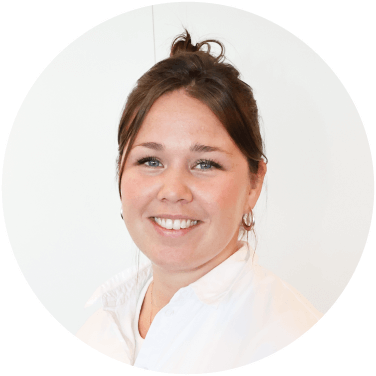Fortunately, the taboo is starting to disappear. STIs are becoming more and more discussable. Even if you’re not looking forward to it, there’s a chance that you’ll experience symptoms yourself after sex at some point. Then you naturally want to know what’s going on. What sexually transmitted infections are there and when should you test for an STI? How does such a test actually work? And how quickly do you get the result after an STI test?

STIs: a growing problem
Sexually transmitted infections (STIs) have been around forever. But in recent years we’re getting better insights into the numbers. The RIVM keeps track of the main STIs diagnosed at the STI clinics and by GPs. The number of people getting tested is on the rise. In 2021, more than 138,000 people in the Netherlands got tested for an STI at an STI clinic. That was 105,000 in 2020. An STI was indeed diagnosed in one out of five.
Chlamydia is the most common STI. In 2021, the Sexual Health Clinics (CSG) of the GGD diagnosed 20,338 cases of chlamydia. This is an increase from 15,979 a year earlier. Especially among young people, this condition is relatively common: 56% of chlamydia diagnoses were made in heterosexual men and women under 25 years old. Gonorrhea (7,842), syphilis (1,378), and HIV (128) occur much less frequently.
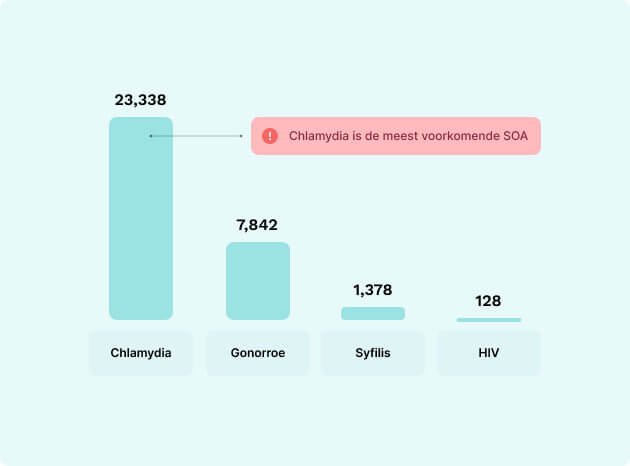
We are not sure if the number of diagnoses is an accurate reflection of reality. Sometimes you can have an STI for a while without symptoms. It is also quite possible that people do not get tested. The figures don’t tell us that.
When to get tested for an STI
The list of conditions that can be transmitted through sexual contact is quite long. These are the most common: chlamydia, genital warts, shigella, pubic lice, gonorrhea, herpes, hepatitis B, scabies, HIV, HPV, syphilis, and trichomoniasis. STIs can cause visible or invisible symptoms, either immediately or after a while. In the case of genital herpes, genital warts, and pubic lice, a doctor can visually diagnose the problem. But often, it is unclear whether an STI is present or not. Moreover, you may have symptoms that resemble an STI, but are actually caused by a yeast infection, for example.
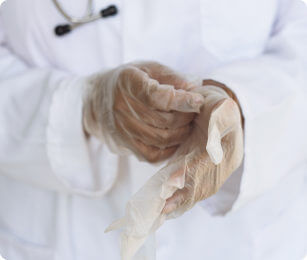
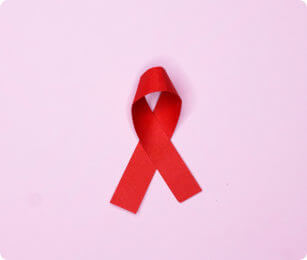
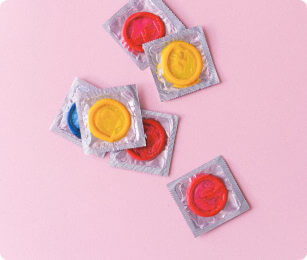
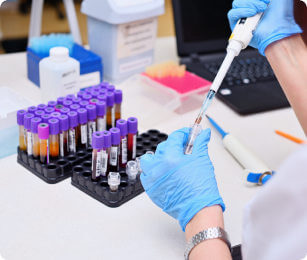
Ultimately, you can only be sure by testing for an STI. Then you know exactly what’s wrong and treatment can begin.
But when should you get tested for STIs? Definitely take action when:
- You have symptoms. Think of pain during urination or discharge – pus, mucus, or more fluid than usual – from your penis or vagina.
- Your sex partner has an STI, or when someone you have had sex with recently informs you that he or she has an STI.
- You are starting a new relationship and want to have sex without a condom.
- The condom broke or slipped off accidentally during sex.
- You had unprotected sex in the heat of the moment, and later wonder if you caught something.
In all these cases, a test will eliminate any uncertainty.
Related tests

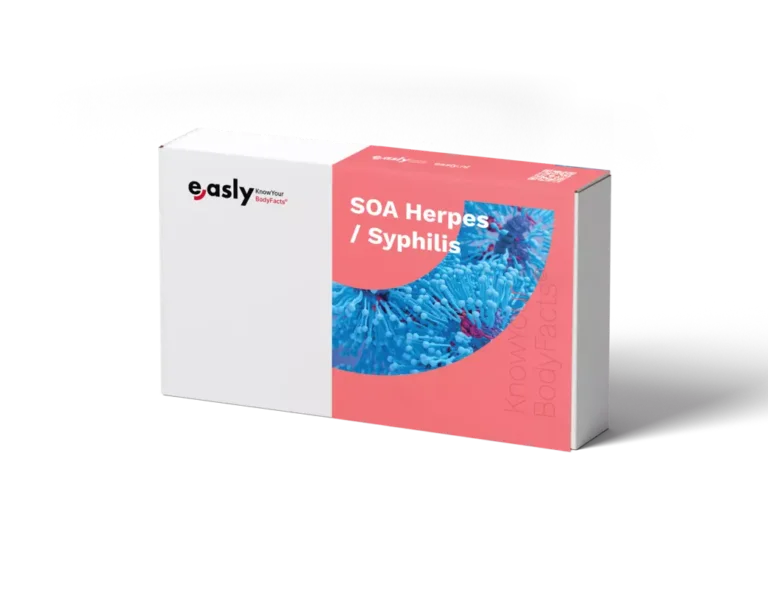


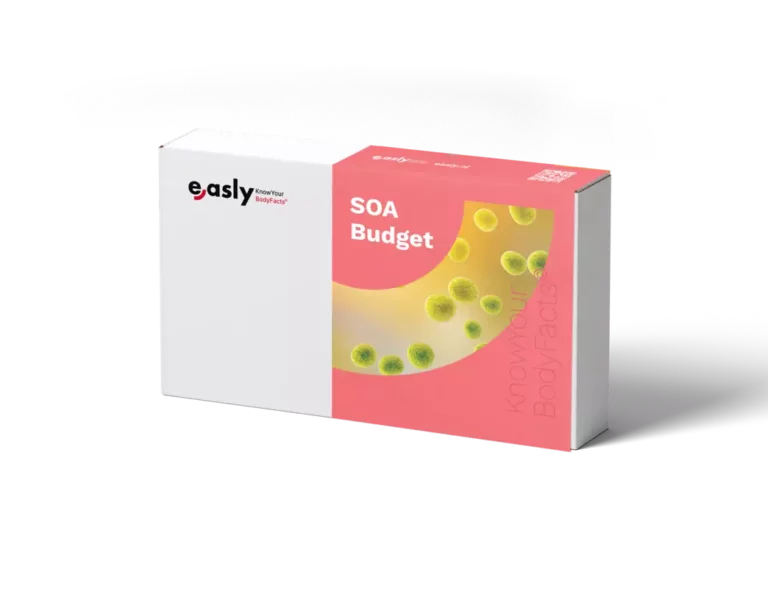
The consequences of not testing
Are you hesitant to get tested for STIs? Keep in mind that not testing can have unpleasant consequences in the long run. The chance that you pass on your STI to a sexual partner without knowing is quite high. Moreover: without a diagnosis, an STI cannot be treated. And an untreated STI can have a significant impact on your health.
The most common STI – chlamydia – can cause many problems, especially in women, with repeated infections or if it remains untreated. Think of chronic abdominal pain, ectopic pregnancies, and even infertility.
It doesn’t have to come to that. Most STIs are easily treatable, once diagnosed. Sometimes your GP will prescribe an antibiotic course. And there are various remedies available that can alleviate the symptoms. Testing on time can therefore make a big difference!

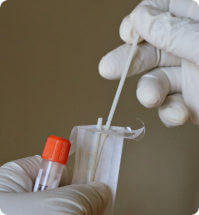

How does an STI test work?
It’s a common question: how do you take an STI test? The answer is relatively simple. You can get an STI test done by your GP or at a Sexual Health Centre (CSG) of the nearest Public Health Service (GGD). It’s good to know: the GGD doesn’t disclose your visit to anyone, not even to your insurance company. Each visit is anonymous. By the way, nowadays it’s also possible to do a home test in your own trusted environment.
Which test is needed can vary depending on the STI. Sometimes the doctor will do an external or internal examination. The problem area is then examined. In addition, a sample can be taken, which is then examined in a laboratory. For example, a swab may be taken, where the doctor or you use a cotton swab to take a sample in your vagina or anus. Sometimes you have to submit some urine or blood is taken. The presence of the bacteria or virus that causes the STI can then be detected in the laboratory. Are you doing a home test? In that case, you can take a sample yourself.
How long does it take to get the result of an STI test? At the GGD, it can take one to two weeks. You will then receive a text message or an email with the result. With the self-tests of Easly, the processing time is shorter: on average, the result will be announced within 36 to 48 hours after receiving your sample in a secure online environment.
How much does an STI test cost?
The cost of an STI test depends on where you have the test done and which STIs you are testing for. The tests at the GGD are generally free. However, if your GP performs the test, it will be covered by your health insurance’s deductible. Your insurance will cover the test only after your deductible has been met.
The costs of different tests vary. A chlamydia test costs around forty euros. If you are testing for multiple conditions, the costs can easily go up to a few hundred euros, especially if blood tests are involved. If you are hesitant to go to the GGD or your GP and prefer to do a self-test in your own familiar environment, expect to pay between fifty and sixty euros for testing for one or two STIs. A complete test for four or six STIs costs eighty to one hundred thirty euros.


Testing for STIs: useful and necessary!
It’s a cliché, but nonetheless true: knowledge is power. Especially when it comes to a possible STI, it’s important to get tested or have an examination. Without a diagnosis, treatment can’t begin and you’ll continue to experience unpleasant symptoms. If you’re uncomfortable visiting your GP or the GGD, there are plenty of options to test at home nowadays. Easly offers various home STI test kits that test for one or more STIs. You’ll receive the results within a few days, putting an end to uncertainty.
